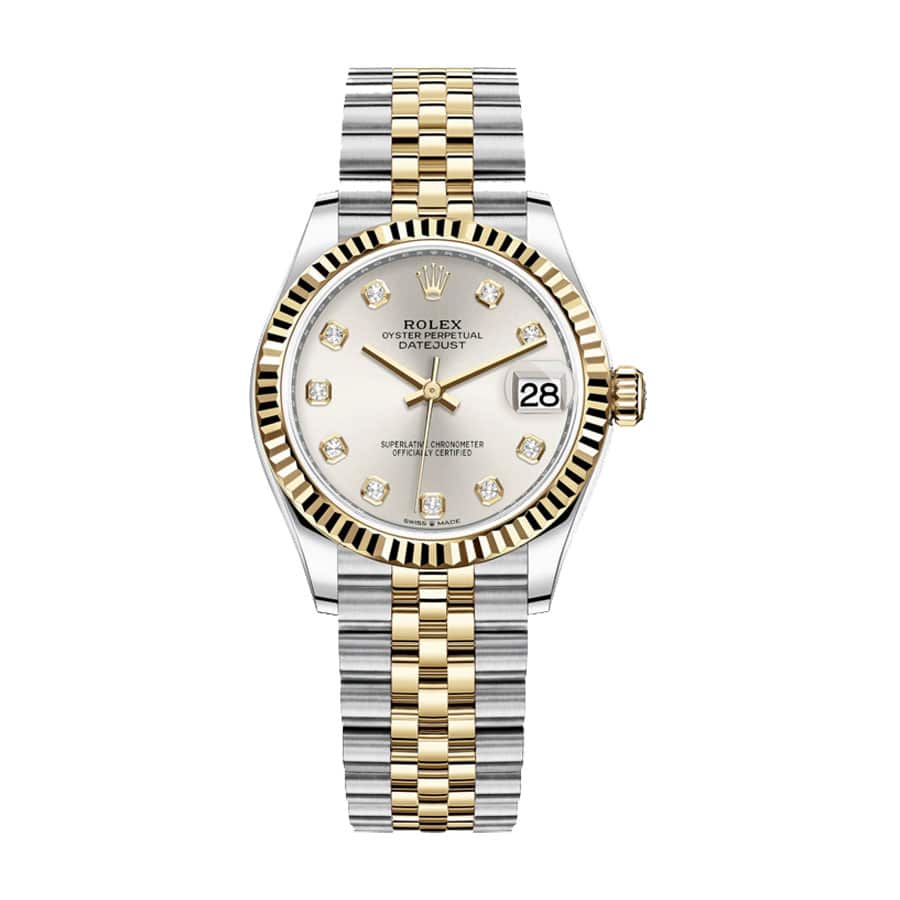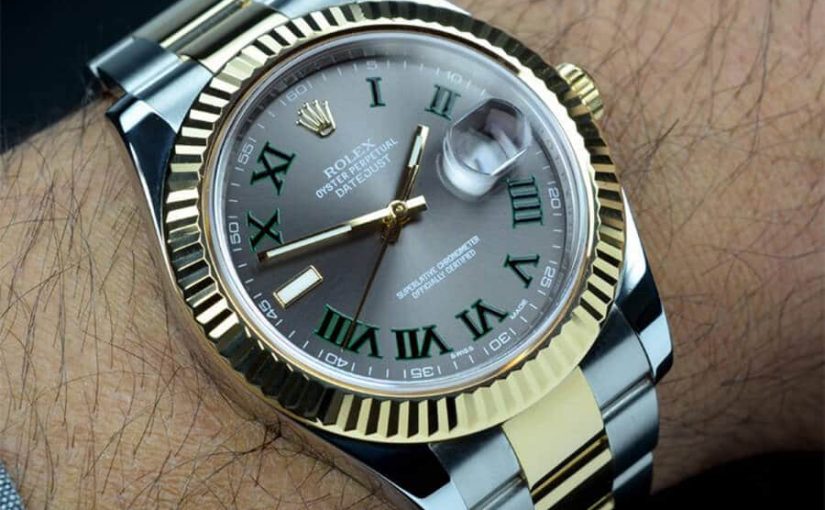As always, when you begin analyzing a vintage Rolex, every little detail matters and should match the “patina all over”. In other words, the case should age to the same degree as the dial, hands, and bezel. In most cases, when the case welder has finished his work, he simply focuses on the lugs and bevels of the watch with the newly added bevels. Don’t forget that collectors want their replica Rolex laser-welded because the case looks very tired and worn out. Logically, the rest of the watch will still show you aging, and once the case looks new, you will immediately notice that it doesn’t match the rest in detail. 
But what if the dial is great and the case only needs a little surgery to become more impressive? If it’s not obvious that the parts don’t match, look closely between the lugs and you’ll see that this matte area is much more “worn” than a brand new one. On top of that, the holes in the case are usually newly drilled and you notice that when ringing them up, the inside is different, lacking the necessary patina and looking new.
Next, you have to know what the cheap Rolex case looks like, what the exact curve of the bevel is, and how wide it is, because every reference is distinguished and then you can compare. In addition to the glossy finish, the matte polish on the case tells you if it is a redo or original. A current finished matte finish has a different light break than a matte finish that was finished 20-40 years ago. Small scratches will appear on a matte finish and you will see the depth of it, plus a newly added polish will never have the same structural sanding lines when done later. Here’s a good NOS example of what a small crown looks like when it leaves the factory. Study the lines, polish, curves, and dimensions, but most importantly, the condition of the entire body is matched. Every part is NOS, not just the center case/lug.
Up close, you will see polished examples where the fine lines are not perfectly straight, because most likely the polished case was done by hand, while the unpolished case was done while all the parts were still assembled, and always the same, in one piece. Another important feature of polished watches is that the case looks good at first, but it is mainly on the case back where the engraving is worn and polished.
